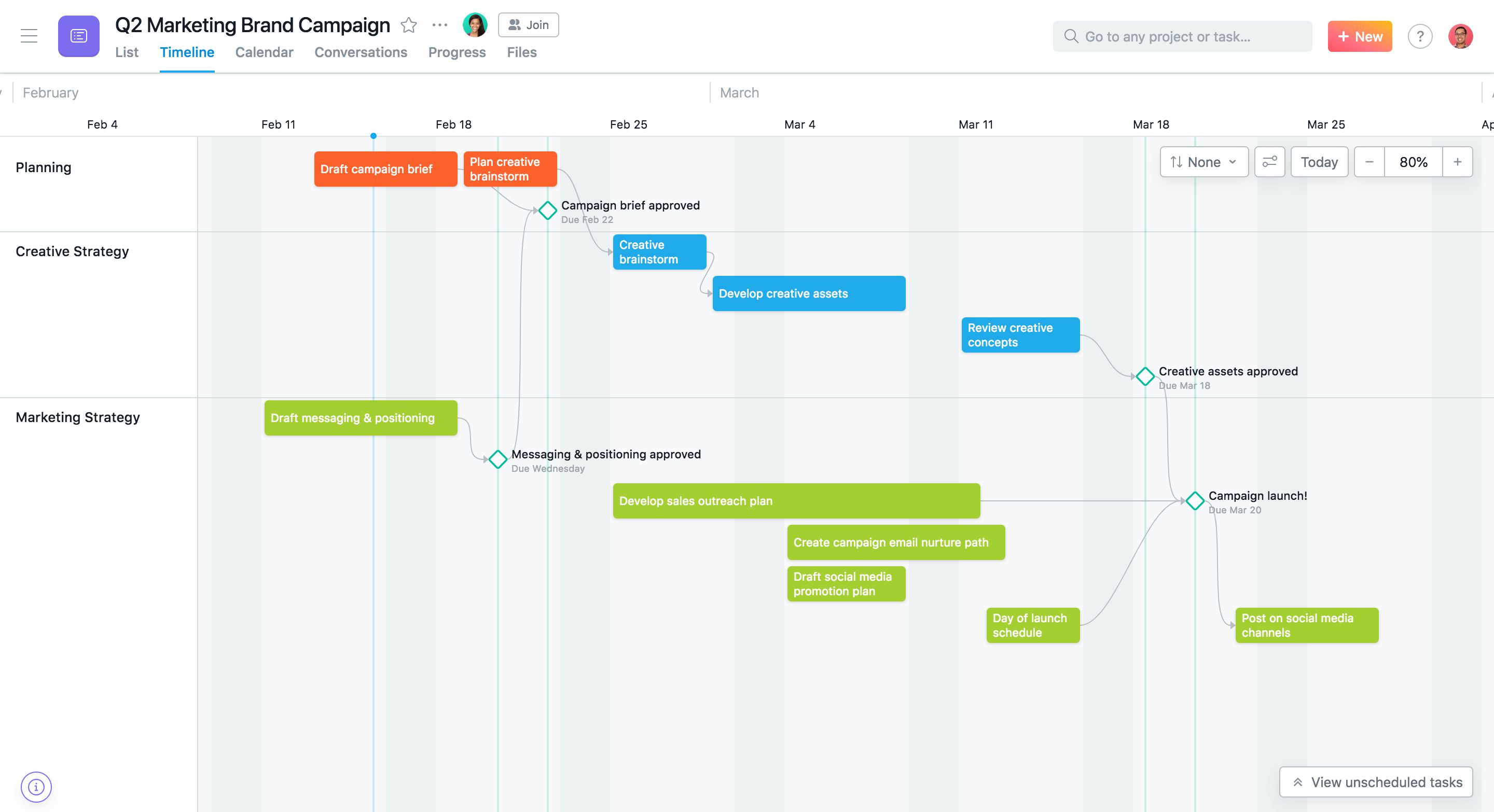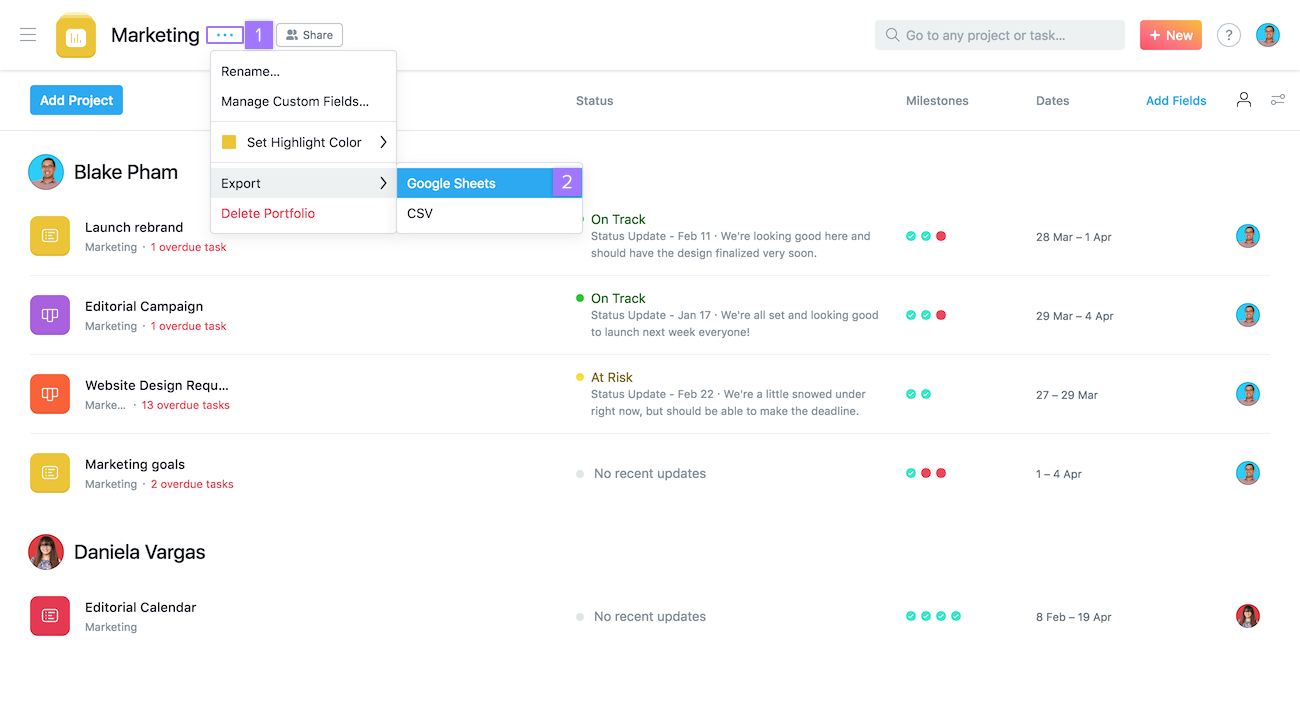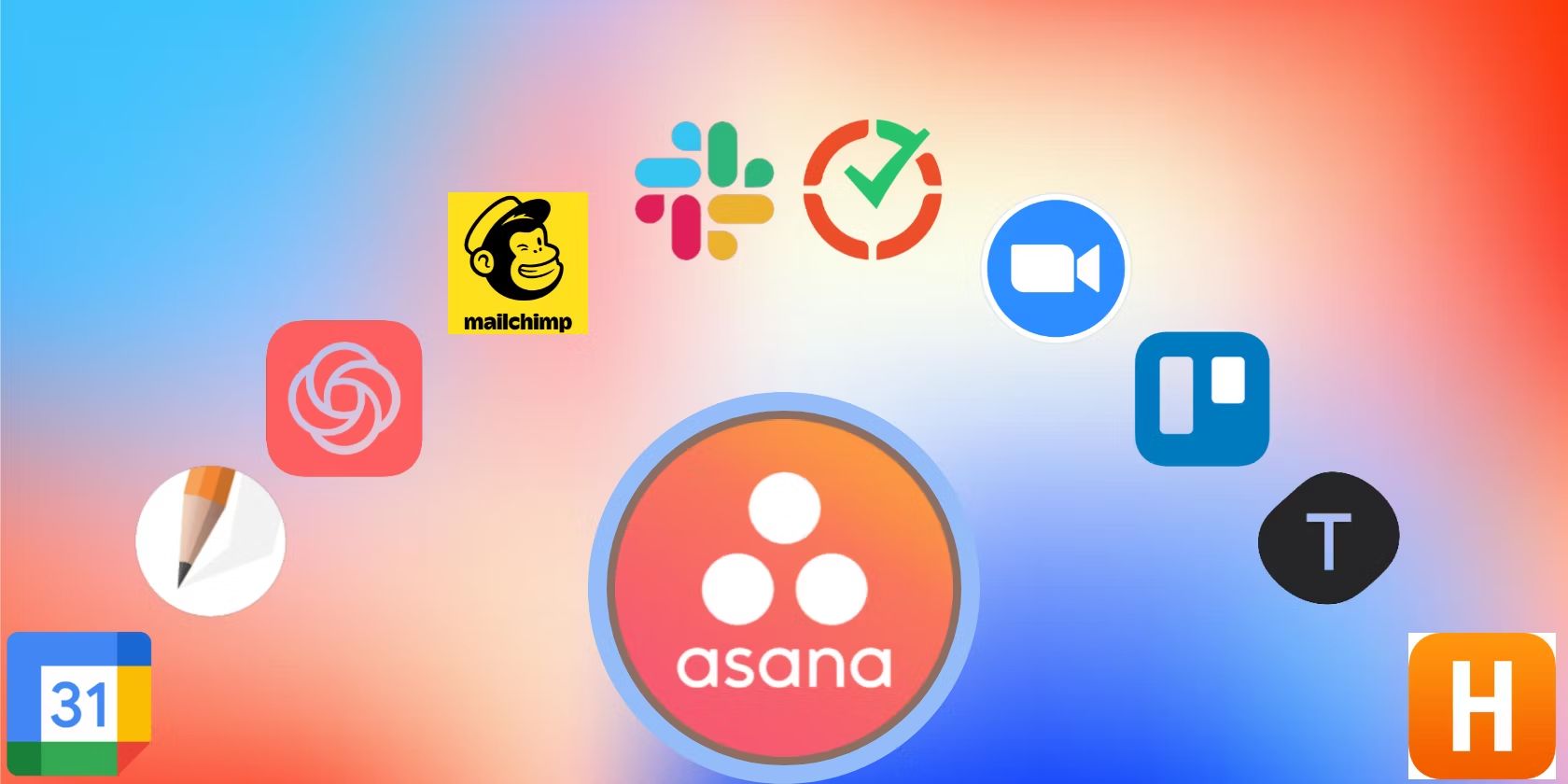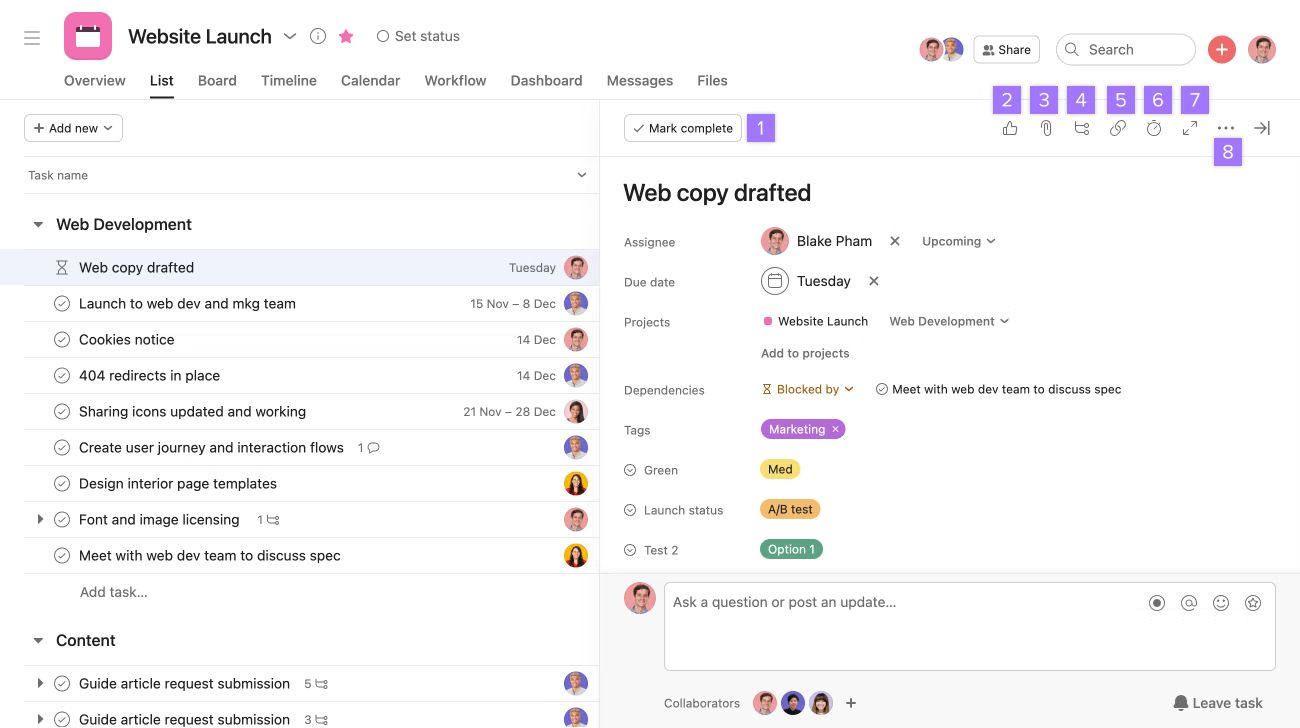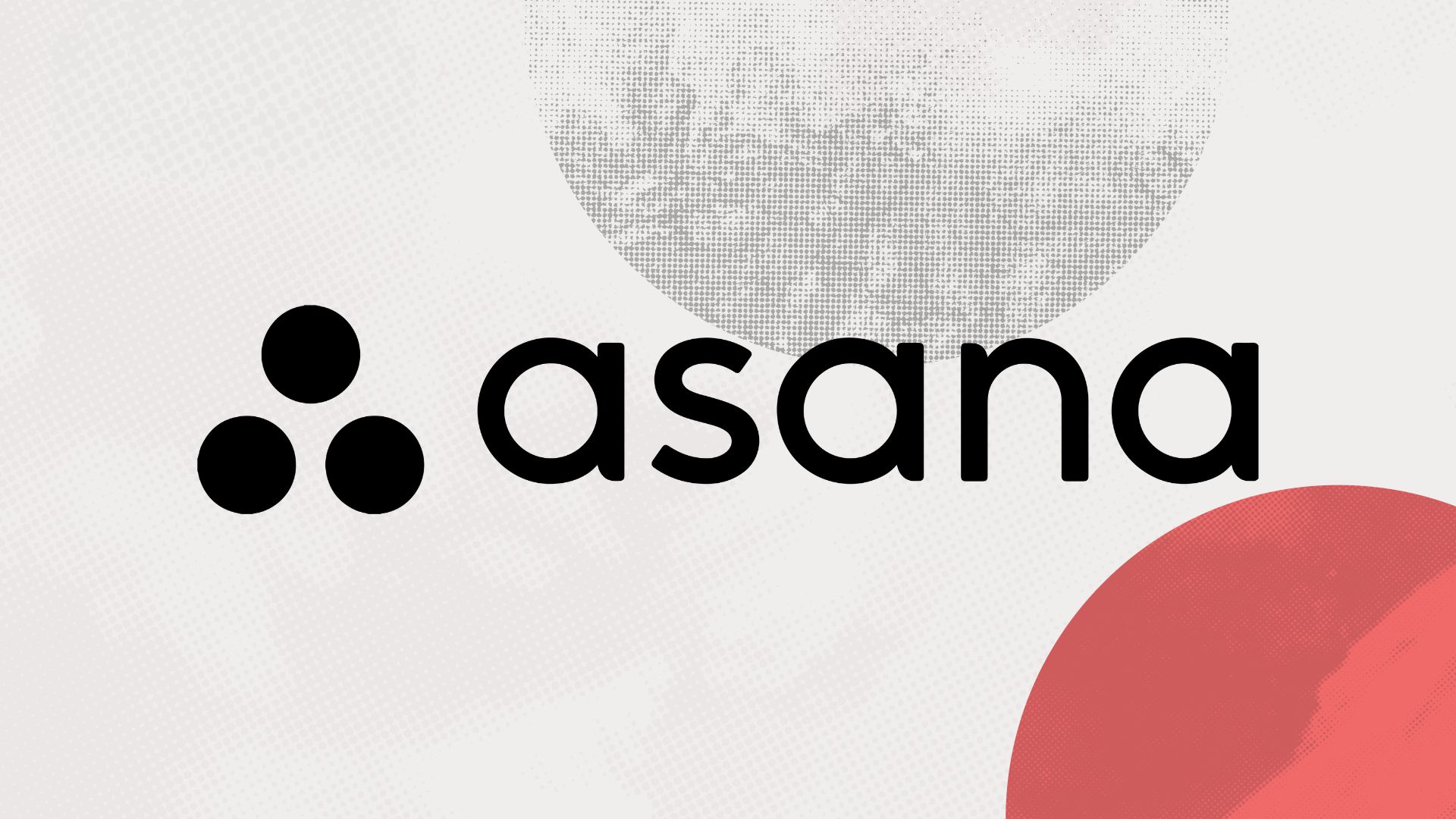Introduction
Welcome to the world of Asana, a powerful project management tool that helps teams stay organized, collaborate effectively, and achieve their goals. One of the key features offered by Asana is the ability to create and track milestones. In this article, we will explore what milestones are and how they can benefit your workflow.
A milestone in Asana represents a significant event or achievement in your project timeline. It serves as a marker or checkpoint to help you track progress and stay on track towards your project’s goals. With milestones, you can break down your project into manageable chunks and visualize your progress at a glance.
Milestones provide a sense of accomplishment and can be used to celebrate key milestones in your project journey. They also serve as a communication tool, keeping everyone on the same page about major project milestones, deadlines, and expectations. Whether you are working on a small project with a few tasks or a large complex project with multiple teams, milestones in Asana can help you stay organized and focused.
Asana offers a range of features to help you effectively create, manage, and track your milestones. In the following sections, we will explore these features in more detail, including how to create milestones, add tasks to milestones, track milestone progress, and collaborate with your team on milestones. So, let’s dive in and unleash the power of milestones in Asana!
What is a Milestone in Asana?
In Asana, a milestone represents a significant event or achievement in your project timeline. It serves as a way to track your progress and mark key milestones in your project journey. Think of milestones as major checkpoints or goals that you want to reach along the way.
Unlike tasks or subtasks, milestones are not meant to be completed or marked as “done.” Instead, they act as guideposts to help you stay focused on your project’s objectives and ensure that you’re making progress towards your ultimate goal. Whether you’re working on a short-term project or a long-term initiative, milestones provide a visual representation of your project’s major milestones and help you keep track of your progress.
When creating a milestone in Asana, you can assign it a name, due date, and project it belongs to. Additionally, you can add a description or any other relevant details that provide context to the milestone. This information helps you and your team understand the purpose and significance of the milestone.
Milestones can be used in various ways, depending on your project’s needs. For example, you can use milestones to mark important deadlines for project phases, key deliverables, or major events. By setting these milestones, you can track your progress as you work towards completing the tasks associated with each milestone.
Ultimately, milestones in Asana serve as a visual representation of progress and help you stay organized and on track towards your project’s goals. They provide a clear picture of where you’ve been, where you are, and where you’re headed in your project journey. With milestones, you and your team can effectively plan, execute, and monitor your project’s progress from start to finish.
Key Features of Milestones in Asana
Milestones in Asana come with a range of powerful features designed to enhance project management and collaboration. Let’s explore some of the key features:
- Visual Progress Tracking: Asana provides a visual representation of milestones, allowing you to see your project’s progress at a glance. This helps you quickly assess how far you’ve come and what remains to be done.
- Due Dates and Notifications: You can set due dates for milestones to keep your project on schedule. Asana sends reminders and notifications to team members as the deadlines approach, ensuring everyone is aware of the important milestones.
- Description and Context: Each milestone can have a description and additional details attached to it. This allows you to provide context, instructions, or any other relevant information to the milestone, ensuring clarity and understanding.
- Dependencies: Asana allows you to establish dependencies between milestones and tasks. This means that certain tasks must be completed before a milestone can be achieved, ensuring a logical progression and avoiding bottlenecks.
- Comments and Discussions: You can communicate and collaborate with your team members directly within milestones. This feature fosters discussions, allows for feedback, and helps resolve any issues or questions that may arise during the project.
- Attachments and Files: Attach relevant files, documents, or resources to your milestones for easy access and reference. This feature ensures that all the necessary information and materials are readily available to team members.
- Project-Level Milestones: Asana allows you to create milestones at the project level, providing an overview of the major milestones across all tasks and subprojects within a project. This helps you track the overall progress and alignment of the project.
These are just a few of the key features that make milestones in Asana a powerful tool for project management and collaboration. By leveraging these features, you can effectively plan, track, and achieve your project’s milestones, ensuring successful project completion.
Creating a Milestone in Asana
Creating a milestone in Asana is a straightforward process that can be done in just a few simple steps. Here’s how:
- Step 1: Navigate to your project: Open Asana and select the project where you want to create the milestone. This could be an existing project or a new one you create specifically for this milestone.
- Step 2: Click on the “+” button: Look for the “+” button either in the project header or within the project sections, and click on it to open the task creation panel.
- Step 3: Choose “Milestone” as the task type: In the task creation panel, select “Milestone” from the task type options. This will differentiate the milestone from regular tasks.
- Step 4: Name your milestone: Give your milestone a descriptive and meaningful name that accurately represents the significant event or achievement it signifies. This helps you and your team easily identify and understand the purpose of the milestone.
- Step 5: Add a due date: Set a due date for your milestone to establish a timeline for its completion. This helps create a sense of urgency and ensures that the milestone stays on track.
- Step 6: Provide a description: Optionally, you can add a description to provide additional context, instructions, or any other relevant details about the milestone. This helps communicate the purpose and expectations associated with the milestone.
- Step 7: Assign the milestone: Assign the milestone to the appropriate team members who will be responsible for its achievement. This ensures accountability and allows for clear ownership of the milestone.
- Step 8: Save and create: Once you have filled in the necessary information, click on the “Save” or “Create” button to create the milestone. It will now be visible in your project and ready for tracking and collaboration.
With these simple steps, you can create milestones in Asana and effectively manage and track your project’s progress. Remember to regularly update and review the milestones as your project evolves, ensuring that they remain aligned with your project’s objectives and timeline.
Adding Tasks to a Milestone
Once you have created a milestone in Asana, it’s time to add tasks to it. By linking tasks to your milestone, you can track their progress and ensure they contribute to the overall achievement of the milestone. Here’s how you can add tasks to a milestone:
- Step 1: Open the milestone: Navigate to the project where the milestone is located, and click on the milestone to open it.
- Step 2: Click on the “+” button: Look for the “+” button either within the milestone or at the top of the project sections, and click on it to create a new task.
- Step 3: Create or select a task: In the task creation panel, you can either create a new task specifically for this milestone or select an existing task from the project. Choose the option that best aligns with your project’s needs.
- Step 4: Link the task to the milestone: Once you have created or selected a task, link it to the milestone by assigning it to the milestone. You can do this by using the “Add to Project” or “Assignee” field in the task details pane.
- Step 5: Repeat for other tasks: If you have multiple tasks that need to be added to the milestone, repeat steps 2 to 4 for each task. This ensures that all relevant tasks are linked to the milestone and contribute to its completion.
By adding tasks to your milestone, you create a clear association between them and the milestone’s achievement. This allows you to monitor the progress of individual tasks, as well as the overall progress towards completing the milestone.
Furthermore, with tasks linked to the milestone, you can easily track and update their status, assign them to team members, set due dates, and add comments or attachments as needed. This level of tracking and collaboration ensures that everyone involved in the project is aware of the tasks associated with the milestone and can work towards their successful completion.
Remember to regularly review the tasks linked to the milestone, update their status as they progress, and make any necessary adjustments to ensure that the milestone is on track. By actively managing the tasks within the milestone, you increase the likelihood of achieving the milestone and ultimately, the success of your project.
Editing and Updating Milestones
As projects evolve and circumstances change, it is important to be able to edit and update milestones in Asana. This allows you to adapt to new information, adjust timelines, and keep your project on track. Here are the steps to edit and update milestones in Asana:
- Step 1: Open the milestone: Navigate to the project where the milestone is located, and click on the milestone to open it.
- Step 2: Click on the three-dot menu: Look for the three-dot menu icon, usually located at the top-right corner of the milestone. Click on it to reveal a dropdown menu with editing options.
- Step 3: Select “Edit” or “Edit Milestone”: From the dropdown menu, choose the “Edit” or “Edit Milestone” option. This will open the milestone for editing.
- Step 4: Make the necessary changes: Modify any aspect of the milestone that needs updating. This includes the milestone name, due date, description, assigned team members, or any other relevant details.
- Step 5: Save the changes: Once you have made the necessary updates, click on the “Save” or “Update” button to apply the changes to the milestone.
Editing and updating milestones allows you to adapt to changes in project scope, shift priorities, or accommodate new information that may affect the milestone’s completion. It also ensures that your project remains aligned with your goals and objectives.
In addition to editing the milestone itself, you can also edit the tasks linked to the milestone. This includes updating their status, adjusting due dates, reassigning them to different team members, or adding new comments or attachments as needed. Keeping the tasks associated with the milestone up to date provides a comprehensive view of the progress and helps identify any potential bottlenecks or issues that need to be addressed.
Regularly reviewing and updating milestones is an essential part of effective project management. By staying proactive in editing and updating milestones, you can ensure that your project remains agile, adaptable, and on track for successful completion.
Tracking Milestone Progress
Keeping track of milestone progress is crucial for effective project management in Asana. It allows you to monitor the status of each milestone, identify any potential delays or issues, and take necessary action to keep your project on track. Here are some ways to track milestone progress in Asana:
- Visual Representation: Asana provides a visual representation of milestones, showing their status through color-coded indicators or progress bars. This allows you to quickly assess the progress of each milestone at a glance.
- Completing Tasks: Tasks linked to a milestone contribute to its completion. As team members complete their assigned tasks and mark them as “completed,” the milestone progress updates automatically based on the task completion status.
- Updating Task Status: As team members work on tasks linked to a milestone, they can update the task status to reflect its progress. This could include marking tasks as “in progress,” “needs review,” or any other status that aligns with your project’s workflow. These task status updates roll up to the milestone, giving you an overview of its progress.
- Tracking Dependencies: Asana allows you to set task dependencies, ensuring that certain tasks must be completed before others. By tracking task dependencies, you can monitor if any dependent tasks are causing delays or blocking the progress of the milestone.
- Communicating with Team Members: Regular communication with team members is essential for tracking milestone progress. Asana enables you to have discussions, post updates, and share relevant information within the milestone itself. This helps keep everyone informed and ensures transparency throughout the project.
- Using Milestone Reports: Asana offers various reporting and tracking features, including milestone-specific reports. These reports provide detailed insights into milestone progress, including completion status, task assignments, and any associated issues or risks. Utilizing these reports can further enhance your ability to track milestone progress.
By actively tracking milestone progress in Asana, you can identify any potential challenges or bottlenecks, assess the overall health of your project, and make informed decisions to keep it on track. Regularly reviewing and updating milestone progress ensures that you stay proactive in managing your project’s deadlines and deliverables.
Remember, tracking milestone progress is not solely the responsibility of the project manager. Each team member plays a crucial role in updating task status, communicating any challenges or updates, and collaborating effectively towards achieving the milestones. By working together and staying on top of milestone progress, you can successfully navigate your project towards its successful completion.
Collaborating on Milestones
Effective collaboration is key to the success of any project, and milestones in Asana provide a centralized platform for teams to collaborate and work together towards achieving project goals. Here are some ways to collaborate on milestones in Asana:
- Comments and Discussions: Within each milestone, team members can engage in discussions, leave comments, and ask questions. This feature allows for real-time collaboration and fosters open communication, ensuring that everyone is on the same page and can provide input or address any concerns related to the milestone.
- Task Assignments: Assigning tasks to team members within a milestone ensures clear ownership and accountability. Team members can see which tasks they are responsible for and collaborate with others to complete them. This promotes collaboration and allows for coordination among team members.
- Attachments and Resources: Asana enables team members to attach files, documents, or resources directly to a milestone. This feature ensures that all the necessary information is readily available to team members, enhancing collaboration and minimizing the need for searching for relevant documents or resources.
- Notifications and Reminders: Asana provides notifications and reminders to keep everyone informed about milestone updates, task assignments, and any changes made to the milestone. This ensures that team members stay engaged, are aware of their responsibilities, and can collaborate effectively towards milestone completion.
- Meeting Notes and Brainstorming: Asana allows you to create meeting notes or brainstorming sessions within the milestone. This feature encourages collaboration, idea sharing, and capturing important discussions or decisions made during meetings. It ensures that the project team can refer back to these notes and maintain a comprehensive record of collaboration.
- Guest Collaborators: Asana allows you to invite external stakeholders or clients as guest collaborators. This feature ensures that all relevant parties can actively participate in milestone discussions, stay informed about progress, and provide necessary input or feedback.
By leveraging these collaboration features, teams can work together seamlessly, exchange ideas, resolve issues effectively, and ensure that milestone objectives are met. Collaboration on milestones fosters transparency, keeps everyone informed, and empowers team members to take collective ownership of the project’s success.
Remember, collaboration is not limited to within your team only. It extends to stakeholders, clients, or anyone else involved in the project. By creating a collaborative environment within Asana, you foster a culture of teamwork and ensure that all necessary parties are actively engaged and aligned towards milestone achievement.
Conclusion
Asana’s milestone feature provides a powerful tool for project management, helping teams stay organized, track progress, and achieve their goals. By breaking down projects into manageable milestones, teams can effectively plan and monitor their progress towards project objectives.
In this article, we explored what milestones are and how they can enhance your workflow. We discussed the key features of milestones in Asana, including visual progress tracking, due dates and notifications, description and context, dependencies, comments and discussions, attachments and files, and project-level milestones.
We also covered the process of creating milestones in Asana, step by step. Additionally, we learned how to add tasks to milestones, allowing for comprehensive tracking and alignment. We explored the importance of editing and updating milestones as projects evolve, ensuring that they accurately reflect project realities.
Furthermore, we highlighted the significance of tracking milestone progress, leveraging visual representations, task completion, status updates, dependencies tracking, and effective communication. Lastly, we emphasized the importance of collaboration in achieving milestones, utilizing comments and discussions, task assignments, attachments and resources, notifications and reminders, meeting notes and brainstorming, and guest collaborators.
By utilizing Asana’s milestone feature and implementing the best practices discussed in this article, your team can improve collaboration, enhance project visibility, and increase the likelihood of successfully achieving your project milestones. Remember, effective project management requires continuous monitoring, adaptation, and collaboration. Leverage Asana’s milestone feature to streamline your workflow, keep your team aligned, and achieve project success.







